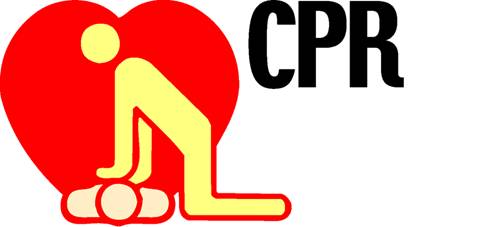Pakistanis joined countless people around the world and celebrated the passing of Ramadan with joy and glee. Everyone flocked to the mosques with the motivation to thank their Lord and pray for better lives. Parents and grown-ups distributed gifts and money in the form of Eidi.
All of this is great, did any of us think of becoming a lifesafer this Eid?
Did you know that sudden cardiac arrest is a leading cause of death in Pakistan? According to statistics published by the World Health Organisation in 2002, sudden cardiac arrest accounted for more than 80,000 deaths per year - that’s more than 200 deaths every day.
Let that sink in for a minute.
Now, it’s interesting to note that out of the 74,383,794 calls received by Rescue 1122, 1,030,641 were road traffic accidents and 1,302,998 were classified as medical calls. Consider that the volume of emergency calls has risen from 90 calls a day in 2007, to over 230 a day: that is a sharp and dramatic increase. The public must understand that regardless of the good intentions of Dr. Rizwan Naseer, Rescue 1122 and the amazing people that make up this noble organisation, there will never be enough ambulances to answer every call.
This is why community CPR (Cardiopulmonary Resuscitation) and first responder training is vital, especially in a country like Pakistan where pre-hospital care is still in the developing stages. A network of trained community responders can take pressure off the heavily strained government rescue service by understanding the basics of how to conduct a scene survey, and take SAMPLE assessment. SAMPLE stands for:
Signs/Symptoms
Allergies
Medications “being taken on a regular basis i.e: Insulin”
Past Medical History “Angina, Epilepsy, etc”
Last oral intake “food/water/Meds”
Events leading up to the incident (5 W’s: Who/What/When/Where/Why)
By being able to perform these basic checks and learning how to provide basic first aid such as CPR, stopping bleeding, managing suspect C-Spine immobilising and identifying and placing breathing but unconscious casualties in the recovery position until the professionals arrive. It need not be hard: learning CPR is really as simple as ABC: Airway, Breathing, and Circulation. New training methods in lay rescuer CPR have enabled trainers to deliver training that is easy to understand and retain by people who may not have regular hands-on experience in practising these skills.
In emergency medicine and pre-hospital care, practitioners dealing with trauma and serious medical conditions work based on a rule known as the “golden hour”. The golden hour refers to a very critical, but brief, window of time – literally, sixty minutes following an injury – in which there is thought to be a much higher chance that critically injured patients and stroke/cardiac arrest victims can be saved if they are able to reach medical treatment from the appropriate healthcare professionals.
Within the golden hour, first aiders and EMTs play a very important role in the first ten minutes. This period is referred to as the platinum 10 minutes. Quick and the timely help rendered in this period would ensure that the victim is nearly saved so that appropriate treatment can be made available from the nearby hospital.
Put simply, the platinum 10 minutes works something like this:
Assessment of the victim and primary survey: 1 minute
Resuscitation and stabilization: 5 minutes
Immobilization and transportation to nearby hospital: 4 minutes
Now consider that the average response time of Pakistan’s main emergency ambulance service (rescue 1122) is seven minutes or less, it is important to note that without any resuscitation attempts the casualty is likely to suffer from Anoxic Brain Damage (injury to the brain due to lack of oxygen) and without sufficient oxygen brain cells will begin to die after four minutes. This is why it is so crucial for members of the general public to learn lifesaving skills and “bridge the gap” between the emergency call and the ambulance arriving on scene.
So next time you are contemplating on trying something new, why not consider enrolling on a first aid course, or reading up on CPR. God forbid that anyone ever has to face such a situation, but should the worst happen, you can rest assured that you are equipped with the skills to help and can play an active part in making your home, workplace and community safer.






